The Incredible Taipu de Fora & Marau Peninsula
BRAZILThe Incredible Taipu de Fora & Marau Peninsula
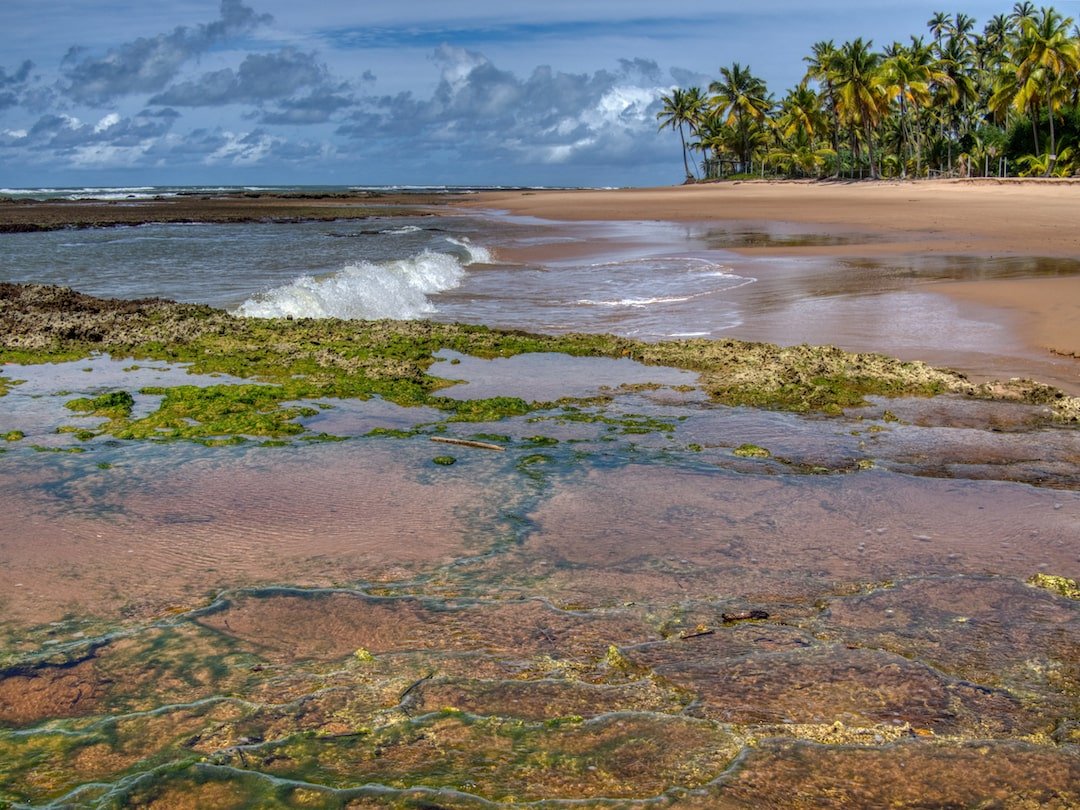
It’s likely that you’ve never heard of Taipu de Fora. Despite the fact that it’s home to one of the best beaches in Brazil. Nor, for that matter, the Marau Peninsula, a 40 km finger of tropical paradise featuring more amazing beaches fringed with coconut groves, natural pools and sunsets to die for.
But then again, plenty of Brazilians haven’t heard of them either.
However, that might be about to change as domestic holidaymakers continue to look for new slices of paradise yet to be bulldozed into submission.
Situated 250 km south of Salvador, in the state of Bahia, it’s not easy to get to. Which means that it might yet preserve its almost pristine state, for a while at least.
And it’s why we’d absolutely urge anyone who wants to experience Bahia’s majestic coastline to make a bee-line for this somewhat off-the-radar paradise. Before everyone else does.
Intrigued? Here’s our guide to what’s on offer there.
Praia de Taipu de Fora
Table of Contents
Click on the link to go straight there…
TAIPU DE FORA & THE MARAU PENINSULA
A beach walk from Taipu de Fora to Barra Grande
- Praia de Bombaça
- Praia Três Coqueiros
- Ponta do Mutá
- Explore the Marau Peninsula by quad bike
- Take a schooner or speedboat tour
- Rent a car
- Ferry, bus & speedboat (from Salvador)
- Bus & speedboat (from Ilhéus & Itacaré)
- Boat from Boipeba
About the Marau Peninsula
The peninsula is separated from the mainland by Camamu Bay, Brazil’s third-largest and dotted with mangrove-fringed tropical islands. As such, it’s actually part of the Costa do Dendê – or “Palm Coast” – named after the deep red palm oil that’s produced in the region. Although, because of its remoteness, it almost has the feel of an island.
The coastline facing the bay has calm waters which, towards the southern end of the peninsula, dovetail into the Rio de Serra. However, there are no road crossings across the river to the mainland, so the only access road is the 42km, heavily pot-holed dirt track otherwise known as the BR-030. A smooth ride it most certainly isn’t. And it’s almost impassable after heavy rains.
On the oceanic side, the beaches are much larger, wilder and greatly influenced by the tides. So much so that low tide transforms the beaches from relatively narrow stretches of white sand, lashed by waves, to a serene landscape of natural rock pools and exposed coral. Indeed, it’s this phenomenon the peninsula is mostly known for – and especially at Taipu de Fora.
Most visitors head for the northern tip of the peninsula and the village of Barra Grande, where the main tourist infrastructure is based. From there, day trips can be taken into the bay or along the oceanic coastline to Taipu de Fora and elsewhere.
We decided to split our visit between both Taipu de Fora and Barra Grande, which we’d recommend if you’d like to experience the best of both worlds.
Praia de Taipu de Fora
Taipu (aka Taipus) de Fora is THE place to go in the Marau Peninsula for the famous natural pools that emerge at low tide. But to see them at their absolute best, you’d need to time your visit for full moon when the tidal variation is at its greatest. And, of course, when the sky is clear and the shallow pools take on a beautiful reflective glow.
It’s a good enough reason alone to spend at least one or two nights in the small village just yards from the beach, rather than just rely on getting there from Barra Grande.
At low tide, the ocean recedes beyond the reef, leaving behind exposed coral and hundreds of rock pools, where fish and other marine life hang out until the high tide returns. And where the pavements of coral end, gulleys of sand retain lagoons of shallow water, perfect for cooling off from the Bahian sun.
It’s also possible to snorkel in the lagoons. You can even rent snorkelling gear from vendors on the beach.
The largest and busiest pools are at the main entrance to the beach, in front of the Buda Beach Restaurant. But it would be a shame to not venture further afield. Especially by turning right and taking a long walk towards the south. Along the way, you’ll encounter plenty more of the pools and a wild, empty stretch of sand backed by an almost unbroken line of coconut trees.
We’ll admit it took our breath away. Even if the weather was mixed during our stay (early August) – heavy rain, thunderstorms and sunshine all in the course of a day.
As we’d managed to coincide our visit with a full moon (August 2nd) we were also able to take a stroll along the same stretch of beach at night, the absolute darkness of our route lit by the silvery glow of the moon and diamond-speckled ceiling of the Milky Way.
One cautionary note. A lot of the coral is now dead. And, while there might be a temptation to get closer to some of the rock pools near the water line, to get there might involve walking on some of the coral that’s still alive (or is covered with life). So, for the sake of the delicate environment that remains, we’d recommend just sticking to the more accessible pools beside the beach.
A collection of rock pools at on the main beach
Reflective rock pools with the southern end of the beach in the background
Shallow lagoons form at low tide
Of course, this being Brazil, you’re never too far away from a beach vendor serving cocktails from a mobile stall. And, this being Bahia, the cocktails involve copious amounts of cacao pulp mixed with the national fire-water, cachaça. All served inside the original cacao shell. Believe us, one Caipirinha de Cacao is more than enough. But do try one if you can!
An enticing caipirinha stall
Cacao beans surrounded with creamy pulp – the raw ingredient for caipirinha de cacao
…and served in a cacao shell
If you do decide to stay over, there’s a sprinkling of hotels and pousadas in the village to choose from. We can wholly recommend Solar Pitanga, a lovely pousada (inn) run by the super-friendly Marcos and his wife. With a fantastic buffet breakfast and personal attention from fluent English-speaking Marcos, it ticked all the boxes for us. And it put to shame the dubious service we received from our next pousada in Barra Grande.
Be aware, though, that there’s very little in terms of nightlife in Taipu, and most of the restaurants seem to close around 7pm. Which is probably why the late-night takeaway pizza joint does such a roaring trade.
However, make sure you try the Bobó de Camarao (prawns cooked in dendê oil, coconut milk and ground cassava) at Restaurante Fruto do Mer. It’s their signature dish and – typically for Bahia – is big enough for two.

Interested in housesitting while you travel?
A beach walk from Taipu de Fora to Barra Grande
The second leg of our Marau Peninsula trip was to be in Barra Grande. To get there from Taipu de Fora, there are three options. The quickest, and most expensive, is by taxi. Then there’s the knee-shuddering, pot-holed route in a jardinerias (a small truck with bench seats that passes for public transport in these parts). Or, thirdly, just walk along the beach. All 10 km of it.
And we’re so glad we opted for the latter. Especially as Marcos spoke to the driver of the jardineiras on our behalf and arranged (for a small fee) for our backpacks to be taken directly to our accommodation in Barra Grande.
OK, we’ll nail our colours to the mast right here. The glorious 7km stretch of sand that runs northwards from Taipu de Fora to Ponta do Mutá is quite simply the best beach (or combination of beaches) we’ve ever set foot upon. Especially as we managed to walk it at low tide, which provided plenty to see along the way. And the thin layer of retreating water on the expansive sand acted as a mirror by reflecting the masses of coconut trees lining the whole coastline.
It’s a walk that will live long in the memory. But again, timing is everything. We were lucky in that a) it was just after full moon, so the tide was still at its most variable; b) low tide on that day coincided with mid-morning so it was the perfect time for us to head to our next accommodation; and c) it meant we were walking for most of the journey before the sun was at its height. Even better, the sand was perfect to walk on in bare feet – no loose powder or sinking sand to bog us down.
But remember to take plenty of water, sunscreen and a hat with you.
At high tide, the experience won’t be quite the same as the beach is much narrower and the waves stronger. Indeed, it’s hardly recognisable from the one seen at low tide.
With just a small backpack to carry, Ian begins the journey to Barra Grande
Praia de Bombaça
Perhaps our favourite stretch of sand of all is at Praia de Bombaça, which seamlessly connects with Praia de Taipu de Fora. The coconut trees here lean out over the beach like a classic postcard tropical beach scene. But what elevates it to greatness are the gorgeous natural pools which are also fed by the brown tannin-infused freshwater that drains from the head of the beach. And the mini-waterfalls that gently cascade between the coral-walled pools.
Amazingly, we had it all to ourselves. Apart from the occasional white egret pottering around at the water’s edge.
More reflections
This tannin coloured river flows to the beach
Yet another glorious shallow lagoon
A set of tannin coloured rock pools
Coconut trees are everywhere
Probably the most colourful beach we’ve ever seen
Praia Três Coqueiros
Just before the ocean-facing coast reaches the northernmost point of the peninsula, the crescent-shaped Praia Três Coqueiros offers some welcome rest and refreshments. In fact, there are a few bars/restaurants with tables and chairs right on the beach. In truth, it pales in comparison with Praia de Bombaça, but it’s still a beautiful beach in its own right.
Praia Três Coqueiros
Ponta do Mutá
From there, it’s a relatively short walk to Ponta do Mutá, on the peninsula’s northern tip. You most certainly won’t be alone here as tourists spend the day in and around the calm waters before retiring for a sunset cocktail or two at one of the restaurants lining the beach.
Indeed, watching the sunset here is extremely popular. Although we weren’t treated to anything spectacular during our visit. And it also attracts groups of people looking to party beside bonfires on the beach once the sun’s gone down.
At this point, the beach is facing Camamu Bay and continues for another 2km to the main pier at Barra Grande.
The whole walk took us about three hours to complete. And it remains as one of the highlights of our nine-month, two-part trip to Brazil. Once again, if you can find the time and the right conditions (good weather, low tide), we’d absolutely recommend it. But, if you can’t complete the whole journey, try to get to Praia de Bombaça at least – you can either walk along the beach as we did or across land via the dirt tracks from Barra Grande.
Beach walk south of Taipu (in blue) + beach walk from Taipu to Barra Grande (in red)
Things to do in Barra Grande
The beach in Barra Grande feels pretty humdrum after experiencing those on the ocean-facing side of the peninsula. But the village itself is worth staying in for a few days. Indeed, despite it being a tourist hub for the Marau Peninsula, it’s managed to retain much of its authenticity. The sandy streets and low-level buildings generate a rustic atmosphere that is both charming and inviting. Even though the road leading from the pier to the village centre is lined with tour companies eager to shepherd you inside.
During the day, the village is pretty quiet as most people are either out on tours or at the beach. But, in the evening, pop-up stalls appear selling street food, arts and crafts. There are plenty of restaurants to choose from, too. And, during high season, beachside clubs attract young Brazilians from all over the country, culminating in a five-day-long party over New Year.
Here are some other things you can do from the village:
Explore the Marau Peninsula by quad bike
Given the rough nature of the main dirt road and its tributaries, quad-bikes are an efficient and fun way of getting around.
Hiring one for the day can easily be done in the village, or via your accommodation. And most people head south to take in the Bromélias Trail (named after the flamboyant giant bromeliads that populate the route) between Taipu de Fora and Praia do Cassange. Along the way, there are viewpoints (such as Morro do Farol) and lakes (Azul and Cassange) to explore. But don’t be tempted to roar along any of the beaches as that’s illegal.
Take a schooner or speedboat tour
These trips provide access to beaches that can only be reached by boat. Half-day trips around the bay by schooner take in a number of islands. But the speedboat trips also include a trip up the river to Tremembé Waterfall.
Further afield there are additional humpback whale-watching tours (July and August) and full-day speedboat trips to Boipeba island further up the coast.
It’s also possible to charter your own boat with skipper, which might work out cost effective if there’s a group of you.
How to get there
True to the adage that the most unspoiled places tend to be those that are most difficult to get to, making your way to Barra Grande and Taipu de Fora can take some effort. Even if you have a car.
The nearest airports are in Salvador (270km to the north) and Ilheus (130km to the south)
From there, your choices are:
Rent a car
From whichever airport you choose, there’s only one route in and out of the peninsula by road – the notorious BR-030. And, as we’ve mentioned the road is a difficult one – especially without a 4×4. Expect large potholes (filled with water after rains), lots of dirt or mud, and very slow progress.
Seriously, if the soft sand of the dry season (December to March) doesn’t catch you out, the mud and floods of the rainy season (May to August) certainly will.
Ferry, bus and speedboat (from Salvador)
You’ll need an early start from Salvador to guarantee making it to Barra Grande in a day as you’ll have to time it to catch a speedboat from Camamu during the afternoon. And the last boat across is at 5pm.
Firstly, catch a morning ferry from Terminal Marítimo de São Joaquim to Bom Despacho on Itaparica Island. They leave on the hour, every hour (in both directions) and the crossing takes about 45 minutes (or more if the sea is rough). You can buy your onward bus tickets in advance online, or get them from the ticket kiosk at the ferry terminal in Salvador.
The bus station is a short walk from Bom Despacho’s ferry terminal. There are two bus companies to choose from – Cidade Sol and Aguia Branca. Rather than try and negotiate the Portuguese-only website, it’s easier for foreigners to book tickets via a site such as BusBud. Buses leave for every hour from 06:20 onwards, arriving in Camamu four to four-and-a-half hours later.
You’ll be dropped off at Camamu’s port area where there are two speedboat options – either via the Maritime Association (R$60 one way) or Camamu Adventures (R$67 one way). They leave for Barra Grande on the hour every hour from 06:00 till 17:00. The crossing takes roughly 30 minutes but that again depends on the weather and if it’s low tide. We went with Camamu Adventures, whose ticket office and landing stage are directly in front of the bus stop. You’ll find a full timetable and details of prices etc on the Marau Tour website.
Given that the last boat across is at 5 pm, we’d recommend something like the following schedule:
- 08:00 ferry from Salvador to Bom Despacho
- 09:20 bus (Aguia Branca) from Bom Despacho, arriving in Camamu at 13:55
- 14:00 speedboat from Camamu, arriving in Barra Grande at 14:30
That way, you’ve got some wriggle room if there are any delays along the way.
If you’re travelling on to Taipu de Fora, you’ll need to pick up a taxi or jump on one of the jardineiras, if they’re still around. That could add another 30-45 minutes to your journey time – even though it’s only 7km away, the road has to be taken slowly.
Bus and speedboat (from Ilhéus & Itacaré)
Although it’s much closer to Camamu than Salvador, there are only two buses running directly there from Ilheus. Agua Brianca runs at 08:00 and 14:20, arriving in Camamu at 10:45 and 17:05 respectively. So, to avoid the risk of missing the last speedboat, your best bet would be to try for the 08:00 bus instead.
As an alternative you could catch a local bus (operated by Rota) to Itacaré further up the coast, from where there are regular morning buses to Camamu (1 hour). Again check the BusBud site for times.
Boat from Boipeba
If you fancy a spot of island hopping, it’s possible to spend some time on the stunning island of Boipeba and then catch a boat to Barra Grande from there.
Salvador airport
Ilhéus airport
Itacaré
Terminal Marítimo de São Joaquim, Salvador
Bom Despacho
Camamu
Barra Grande
Praia Taipu de Fora
Praia de Bombaça
Praia Três Coqueiros
Ponta do Mutá
Boipeba
How to get around once you’re there
We’ve already mentioned hiring a quad bike, which is a good way to move around over a period of a few days.
e-bikes have recently been introduced and are a quiet, eco-friendly way to explore. You can even take them onto the beach.
Jardineiras are popular with domestic tourists and locals alike, but they run irregularly and not to all destinations.
Taxis are expensive for the distance travelled, simply because getting anywhere by road can take ages. But, if you have luggage to carry, they’re almost a necessity. Motorbike taxis are available, too.
Obviously, having your own rental car is the most convenient. But you still have to negotiate those roads.
And then, of course, there’s exploring on foot. Certainly, the area between Barra Grande and Taipu de Fora is doable. Although, if you choose to walk on the dirt road, you can expect some dust to be kicked up by passing traffic.
Final thoughts
We can’t speak highly enough of this fabulous stretch of Bahian coastline. It feels like the sort of place that will inevitably succumb to mass tourism once the word truly gets out. Much like Morro de Sao Paolo further up the coast towards Salvador. But, until the transport links are improved, it’s remote enough to survive as a relatively untouched tropical gem of rare beauty.
FAQs
When is the best time to visit Taipu de Fora?
The Marau Peninsula receives a plentiful supply of rain throughout the year so there’s a good chance you’ll experience some whenever you visit.
The “dry season” is between September and March, when temperatures are also at their highest. The “wet season” is between April and July/August. But as weather patterns continue to become unpredictable, you shouldn’t take these seasons as guaranteed.
For instance, we were there during the first week in August and had two days of torrential rain but a further five days of sunshine and light clouds.
Take into account that travel conditions become worse during the wet periods, too. Especially iof you’re arriving by rental car.
And don’t forget that you should try to coincide your visit with a full moon to get the most out of the Taipu de Fora rock pools.
Any other questions?
Firstly, you can simply ask your question in the Comments section below. You can also get in touch using our contact form. Or, if you’d like to join our community on Facebook, you can ask directly there.
Either way, we’ll do our best to get straight back to you.
PLAN YOUR TRIP
The following contain affiliate links. If you decide to purchase anything after clicking on any of these links, we may receive a small commission at no extra cost to you. Indeed, as a result, you'll be helping to keep our website ad-free! Thanks for your support.
Book Your Flight
Our go-to website for flights is Skyscanner. We’ve probably booked probably 90% of our flights worldwide with them over the years and they’ve never let us down.
Book Your Accommodation
Get Insured
For travellers who are non-UK residents, we recommend SafetyWing for both remote health insurance and nomad insurance.
Check your entry requirements
Check all entry requirements for Brazil and purchase any visas online with iVisa.
Become a housesitter
PIN IT, SHARE IT
MORE ON BRAZIL
THANKS FOR READING
Hi, we're Ian and Nicky, an English couple on a voyage of discovery around the world, and this blog is designed to reflect what we see, think and do. Actually, we'd like to think it also provides information, entertainment and inspiration for other “mature” travellers, too. So please feel free to pour yourself a glass of something suitably chilled and take a look around.



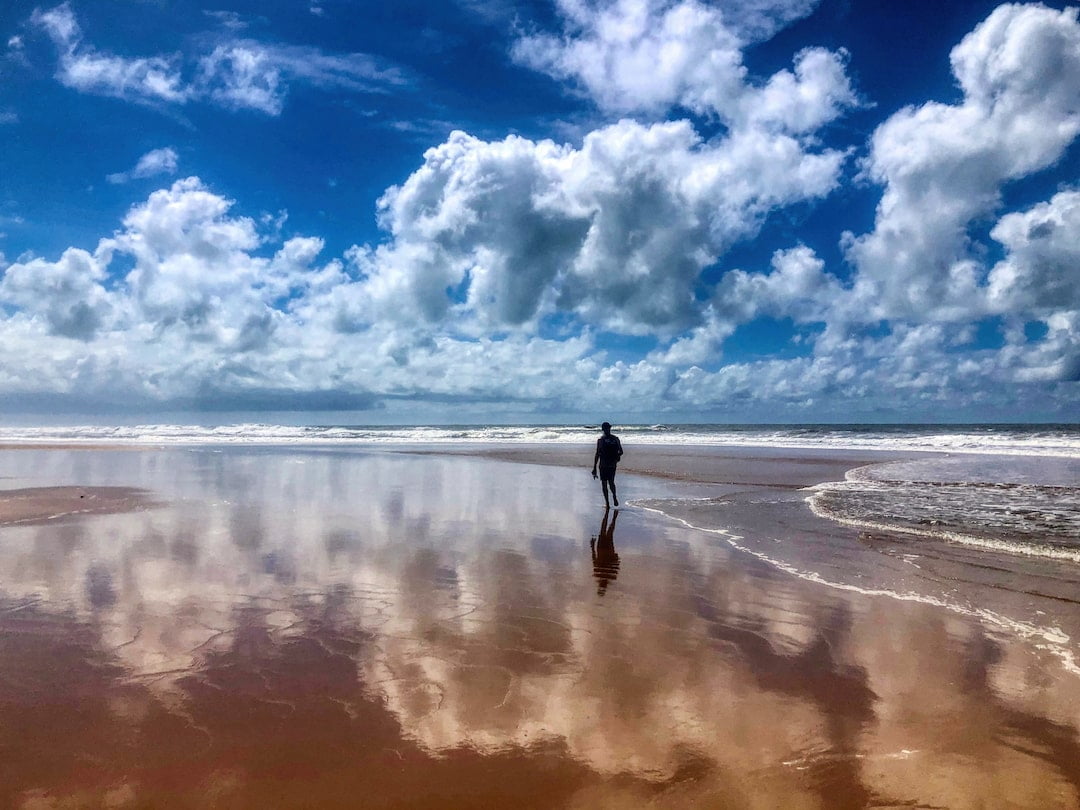


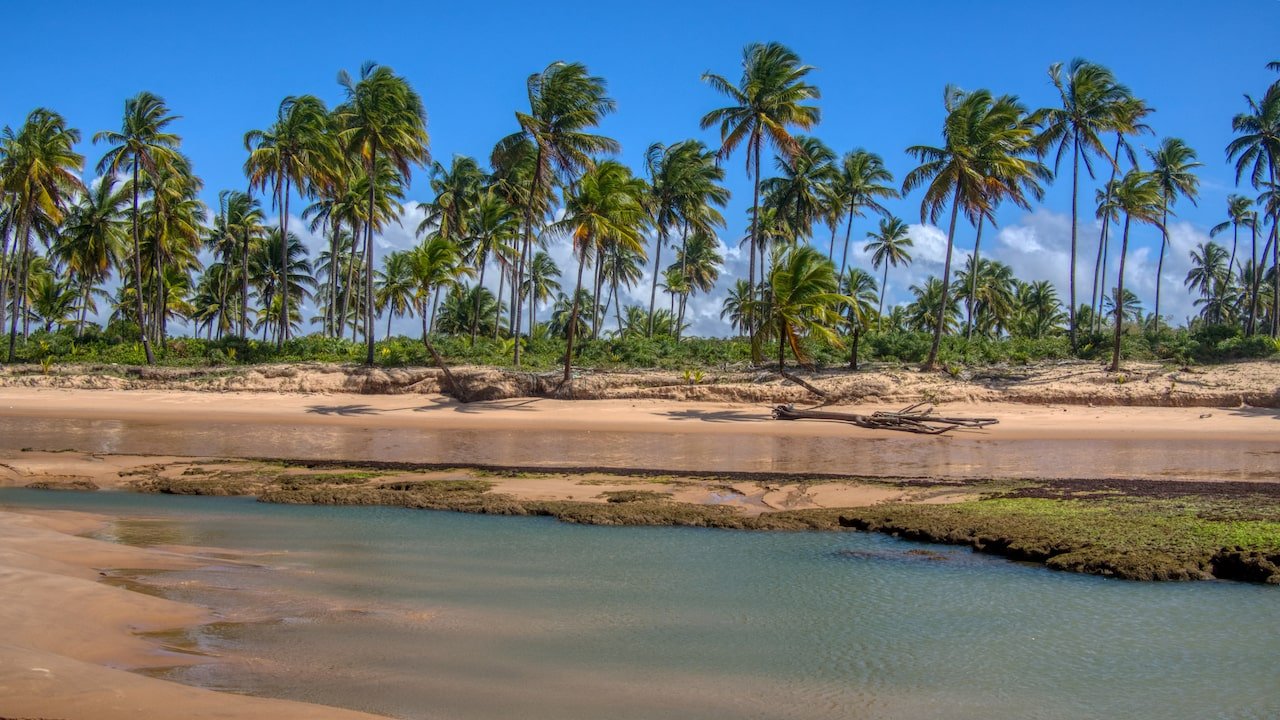
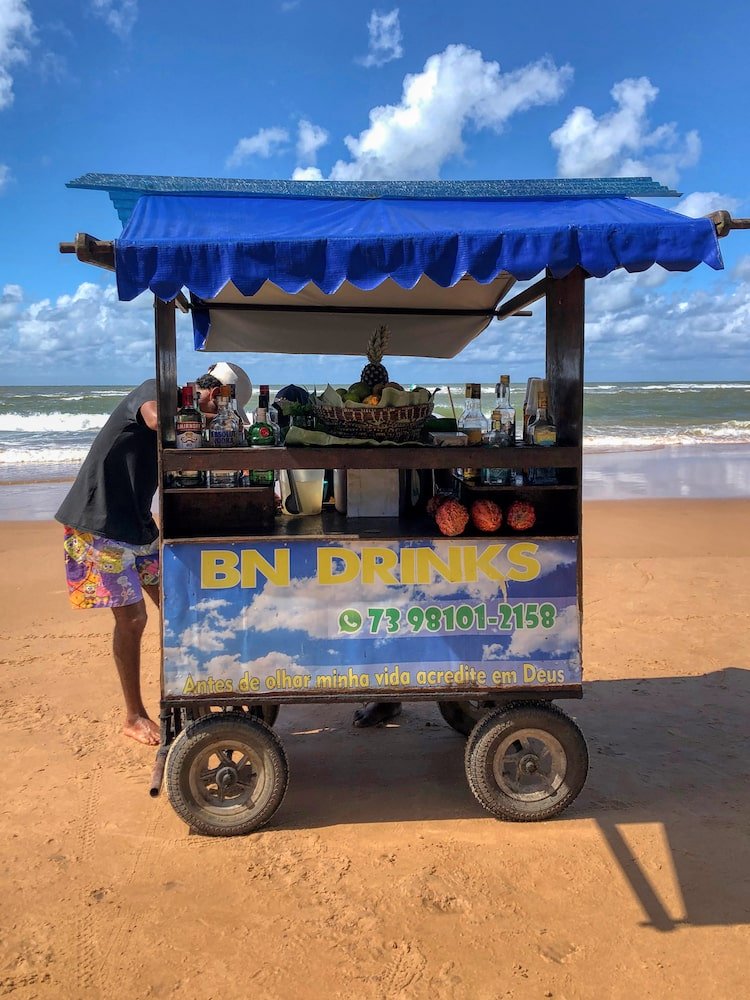

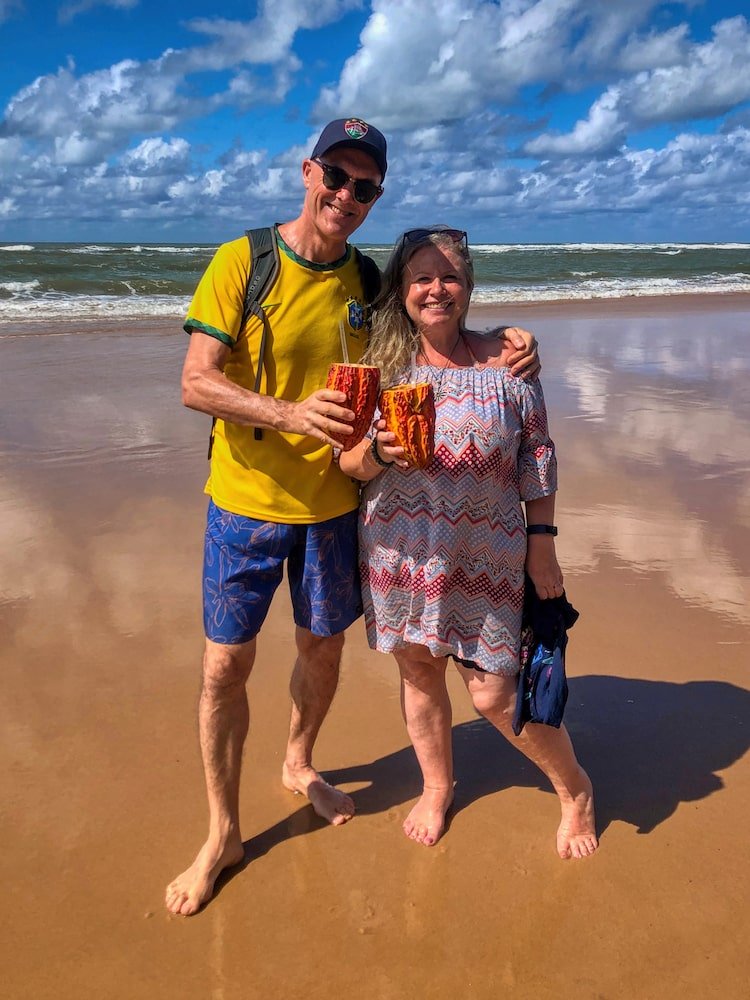


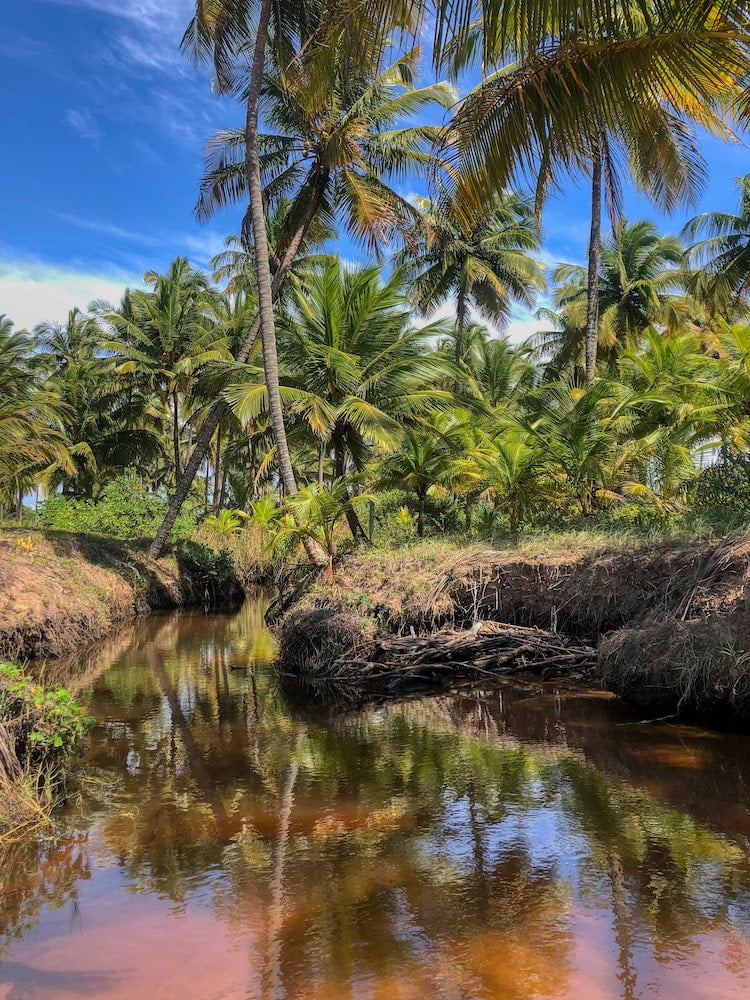

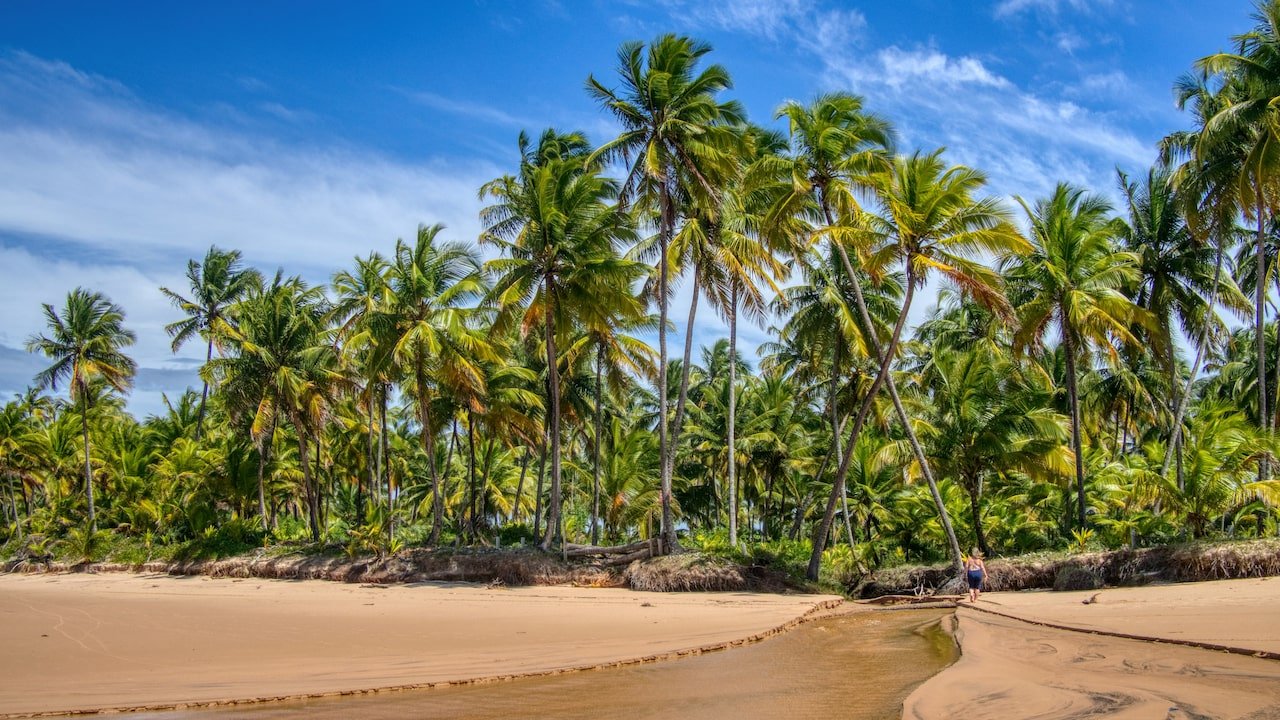
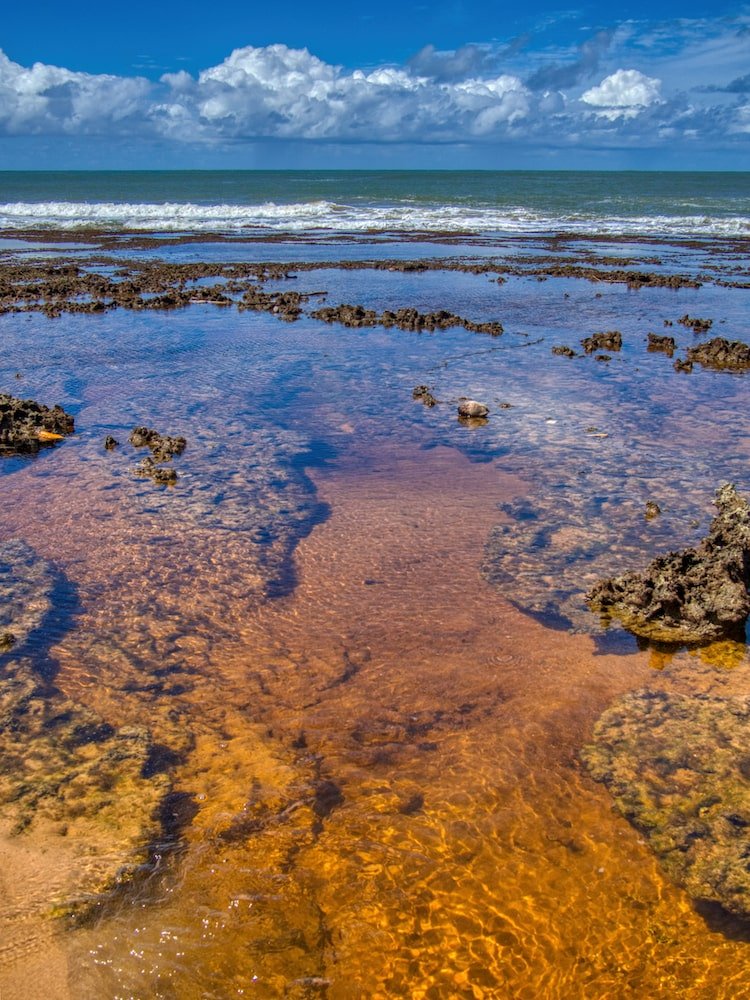

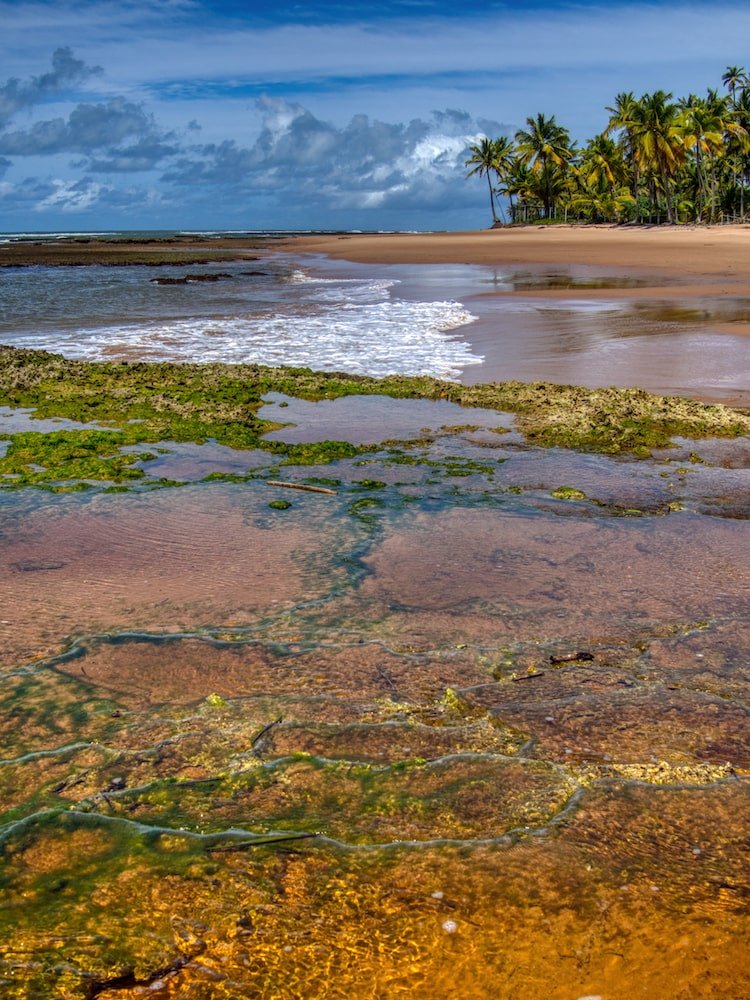
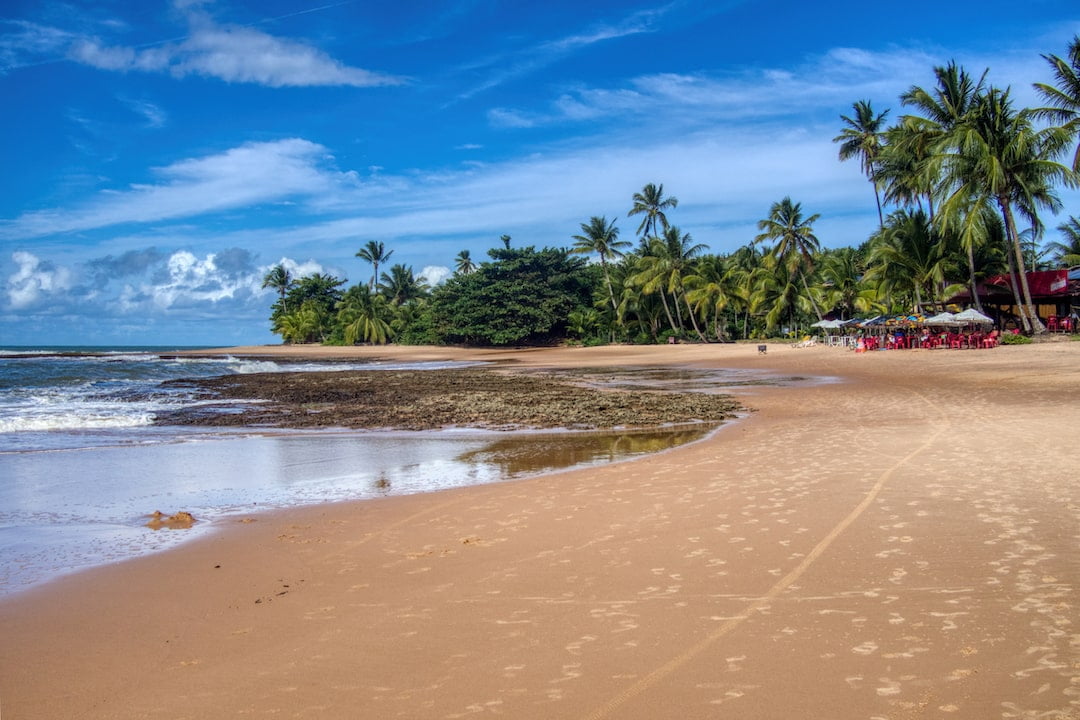
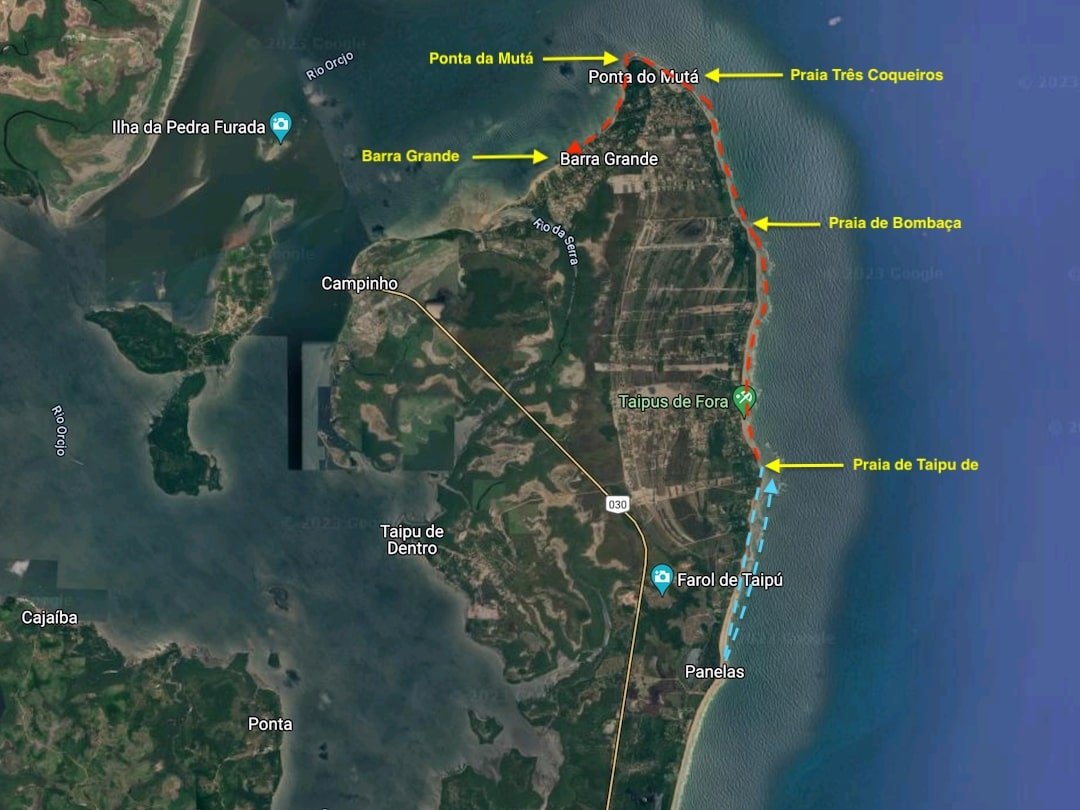



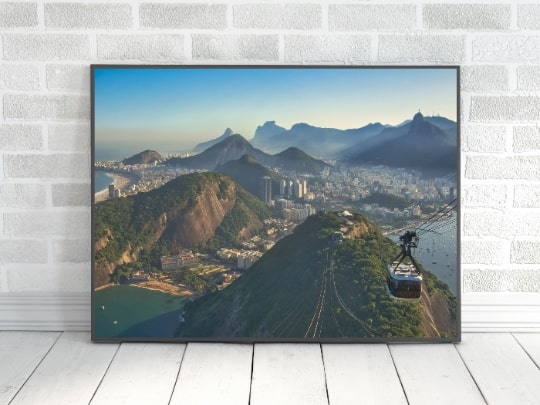


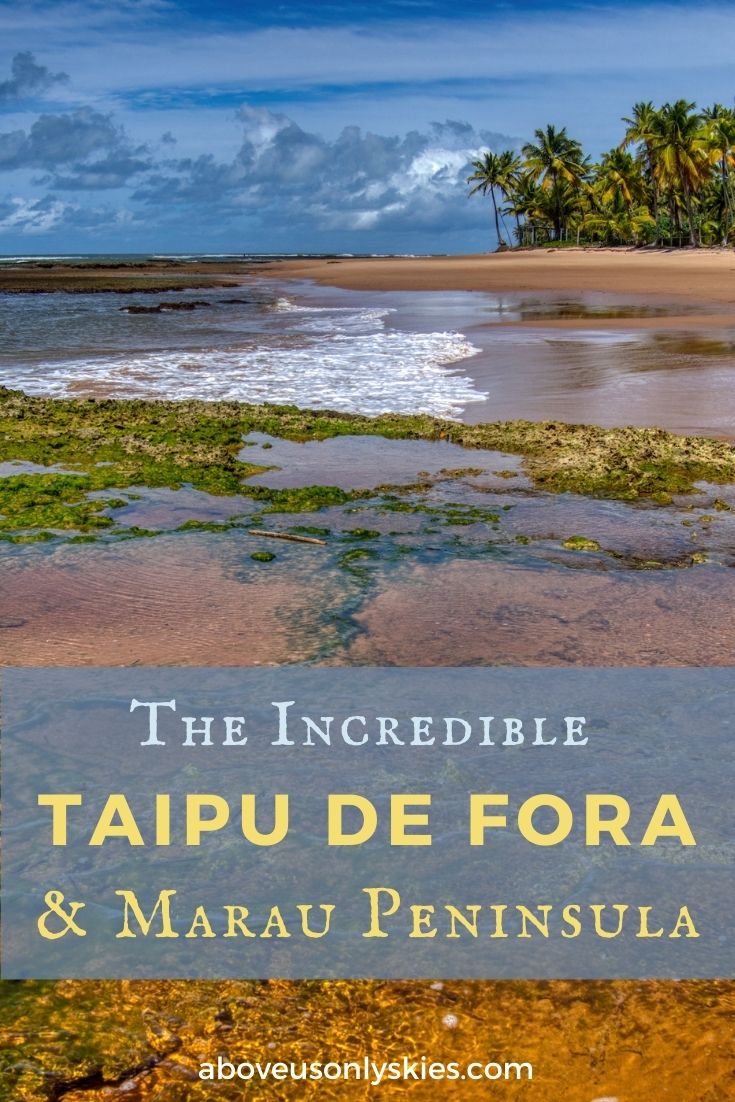



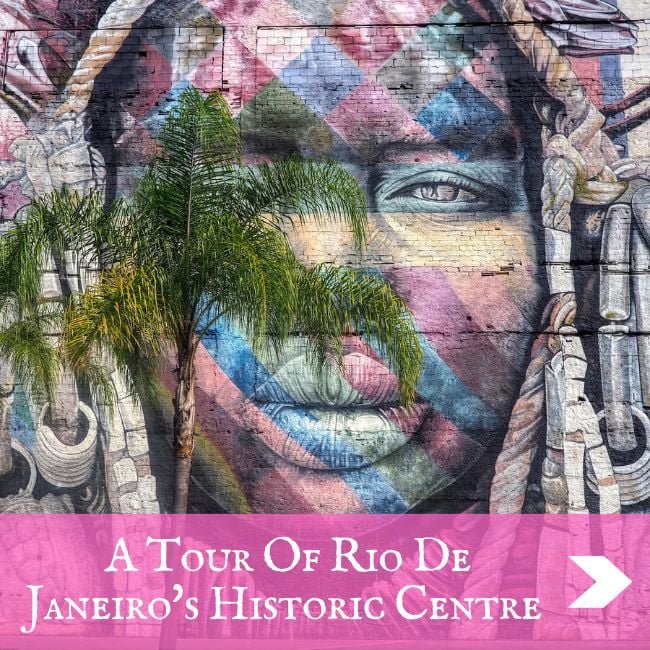

0 Comments